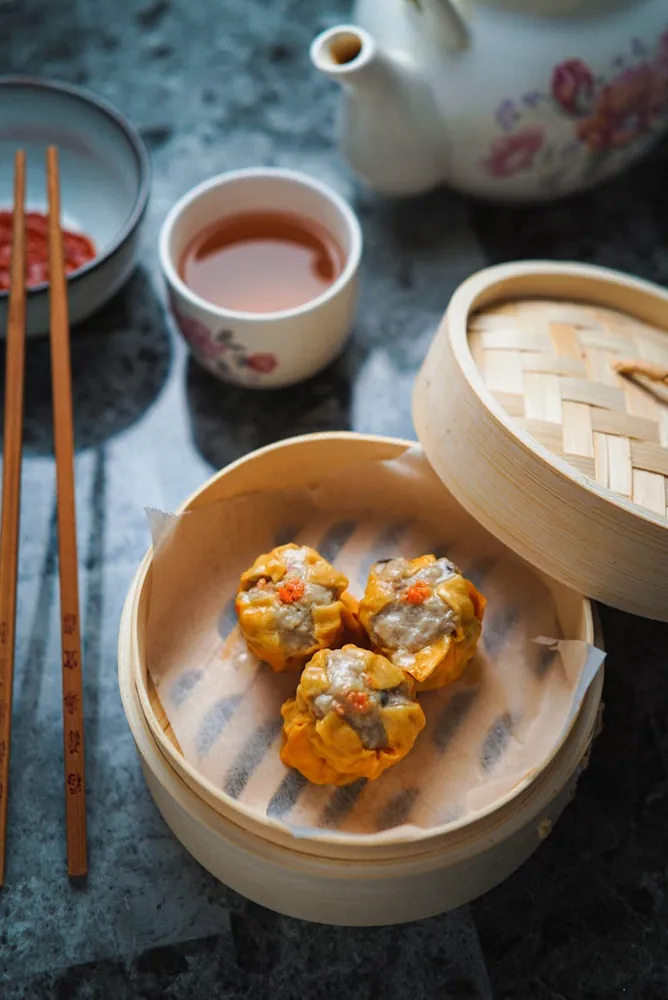A Comparative Study of Traditional and Molecular Cooking Techniques

The Origins and Philosophy
Traditional cooking has its roots deeply embedded in the history of human civilization, evolving over millennia across different cultures. It emphasizes the transformation of natural ingredients through basic methods such as boiling, roasting, grilling, and steaming. The focus is often on preserving the integrity of the ingredients while enhancing their natural flavors. On the other hand, molecular gastronomy emerged in the late 20th century as a scientific approach to cooking. It investigates the physical and chemical transformations of ingredients that occur during cooking. This method prioritizes the deconstruction of traditional dishes and often results in surprising new textures and flavors.
Core Techniques in Traditional Cooking
Traditional cooking relies heavily on a few key techniques:
- Grilling: A direct heat method often used for meats and vegetables, it imparts a smoky flavor that is quintessential to many cuisines.
- Baking: The application of dry heat in an oven, used for bread, pastries, and roasts.
- Braising: Combining roasting and simmering to tenderize tougher cuts of meat.
- Fermenting: A preservation method that enhances flavor profiles, commonly used for dairy, vegetables, and beverages.
Each technique serves a specific purpose, usually aimed at enhancing the taste and texture of the food through time-tested practices. For instance, slow-cooked stews are known for their ability to meld flavors over extended cooking times, creating complex and comforting dishes.
Molecular Gastronomy Techniques
Molecular gastronomy employs innovative techniques that often require specialized equipment:
- Spherification: Creates spheres with liquid centers using sodium alginate and calcium chloride. It’s popular for mimicking caviar-like textures.
- Foaming: Utilizes lecithin or a siphon to create flavorful foams from liquids like fruit juices or broths.
- Sous-vide: Involves vacuum-sealing food and cooking it to precision in a water bath, maintaining exact temperatures for consistency.
- Gelification: Uses gelling agents like agar-agar or gelatin to create edible gels from liquids.
Molecular techniques challenge traditional perceptions by altering how textures and flavors are experienced, often leading to unexpected culinary experiences.
Flavor Profiles and Presentation
The flavor profiles in traditional cooking are generally more straightforward, focusing on the natural essence of ingredients. Spices and herbs are used to complement rather than dominate the dish. A classic example would be an Italian osso buco, where the robust flavors of veal shine alongside subtle notes of citrus zest and fresh thyme.
Molecular gastronomy, however, redefines flavor pairings by exploring scientific principles such as volatile compound interactions. Chefs might serve a tomato sorbet paired with a basil foam to deconstruct a traditional tomato salad into a novel dining experience.
Presentation styles differ markedly between the two approaches. Traditional dishes prioritize hearty portions with rustic plating that showcases the dish’s origins. Molecular dishes often appear as works of art—small servings presented with intricate details designed to surprise and delight the diner.
Scenarios: When to Choose Each Technique
The decision between traditional cooking and molecular gastronomy often depends on the occasion, audience, and available resources. Here are some scenarios to consider:
- Catering a Large Event: For events requiring volume and familiarity, such as weddings or family gatherings, traditional methods may be preferable due to their scalability and broad appeal.
- Exclusive Tasting Menus: Restaurants looking to provide unique experiences might opt for molecular techniques. A six-course tasting menu featuring unexpected textures can captivate diners seeking novelty.
- Culinary Workshops: Demonstrations that aim to educate about food science could integrate molecular techniques to engage audiences through interactive learning.
The Role of Ingredients
The choice between these culinary techniques also hinges on ingredient availability. Traditional cooking typically relies on locally sourced produce, emphasizing seasonal and regional flavors. Molecular gastronomy, however, often requires specialized additives (e.g., agar-agar or liquid nitrogen) that may not be readily available in all markets.
A Practical Guide to Implementation
Steps for Traditional Cooking
- Select fresh, seasonal ingredients that are characteristic of the dish you intend to prepare.
- Choose appropriate cookware that aligns with your chosen cooking method (e.g., cast iron for roasting).
- Respect the time-honored processes such as marinating meats overnight or allowing dough to rise slowly.
Molecular Gastronomy Workflow
- Invest in necessary equipment such as immersion circulators for sous-vide or siphons for foaming.
- Source specialized ingredients like sodium alginate from suppliers specializing in molecular gastronomy supplies.
- Experiment with small batches to perfect techniques before scaling up to larger production.
Conclusion: Balancing Innovation with Tradition
The interplay between traditional cooking and molecular gastronomy offers exciting opportunities for chefs and home cooks alike. While traditional methods ground us in cultural heritage and comfort, molecular techniques push the boundaries of culinary science. By understanding when and how to apply each approach, one can enhance both everyday meals and extraordinary dining experiences. Ultimately, the choice between these methods should reflect not only personal style but also respect for the ingredients and the intended dining experience.